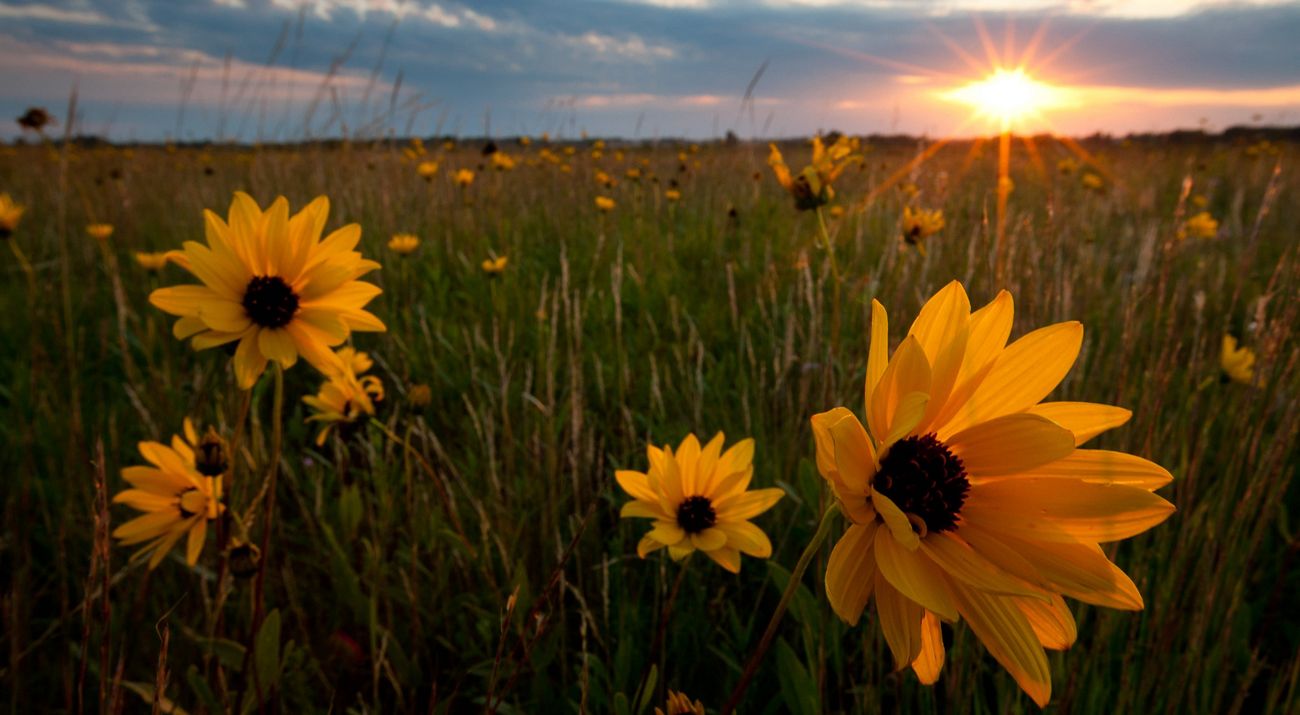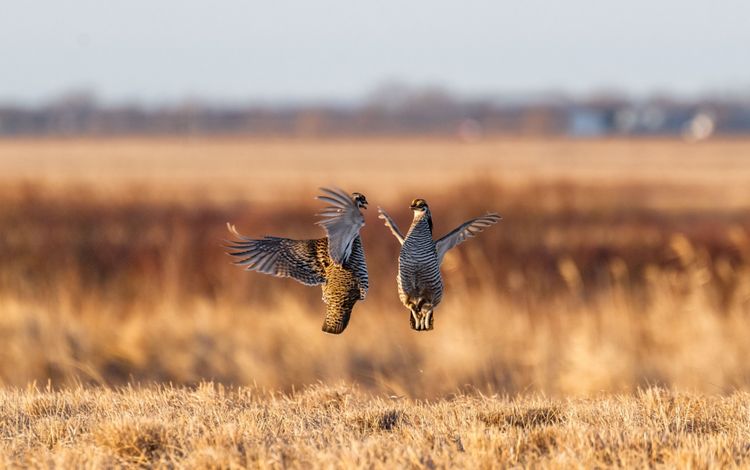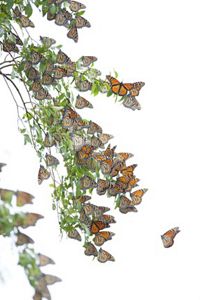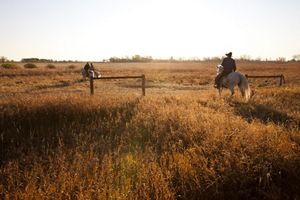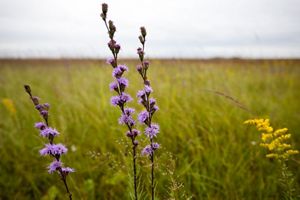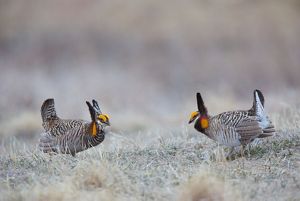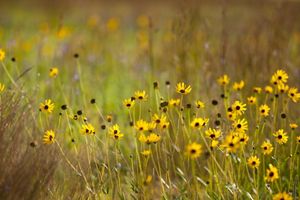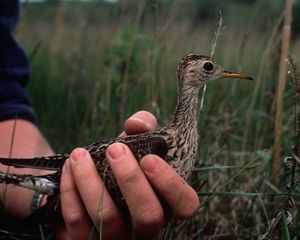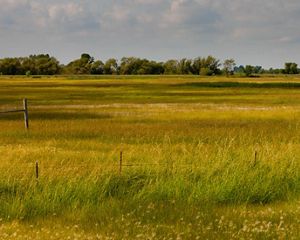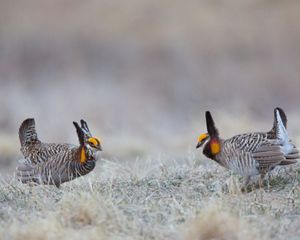Description
Bluestem Prairie Preserve is one of few places in the state where visitors can experience the vastness of the native prairie that once covered a great portion of western Minnesota and the Dakotas. Watching the prairie chickens "booming" in early spring is a special highlight, and blinds have been built to accommodate viewing. The opportunity to see migratory birds and other native fauna and flora also makes a trip to Bluestem Prairie worthwhile.
Why TNC Selected This Site
Despite its number of landowners, the preserve has remained in native prairie for the most part. Today, it is recognized as one of the largest and highest-quality northern tallgrass prairies in the U.S. When Buffalo River State Park was established, it included only a small portion of native prairie and was used mainly for public recreation along the river. The park boundaries were enlarged significantly in the 1960s when concern grew over rapidly diminishing grassland. Today, TNC is taking many active steps to ensure the protection of this increasingly rare natural treasure.
What TNC Has Done/Is Doing
The Nature Conservancy became actively involved in preserving this native prairie by acquiring more than 1,000 acres south of the Buffalo River in 1975. Since then, TNC has acquired other parcels, enlarging the preserve and enhancing the habitat for native species. While most of the preserve has remained in its natural state, not all of the land escaped cultivation. Furrows are still evident in areas where plowing occurred. At one time, most of the prairie was hayed. Some of the preserve was used for grazing cattle and horses, and this has had an impact on prairie vegetation in specific areas.
TNC manages the preserve through prescribed burning, conducting biological inventories, and controlling non-native species by hand-cutting, mowing and localized spraying. One of the most troublesome exotic plants is leafy spurge. In recent years, TNC has restored more than 677 acres of prairie on the preserve that formerly had been ditched, farmed and used as a gravel pit.
School groups around Moorhead and Fargo use Bluestem Prairie for environmental education, and the preserve continues to be an important site for biological research by area colleges and universities throughout the Midwest.
